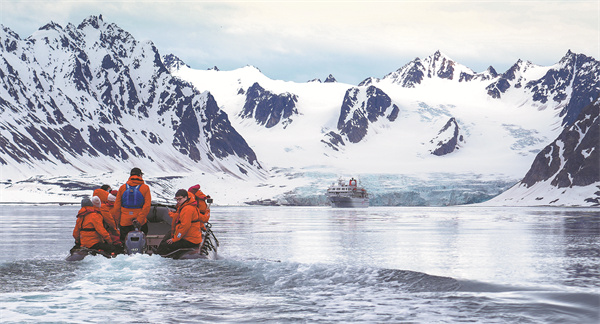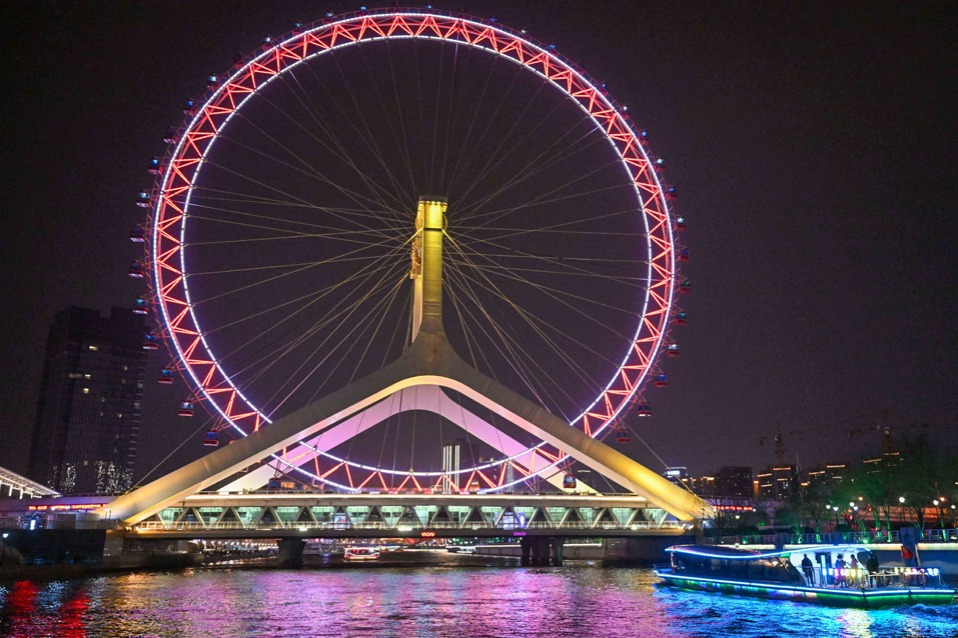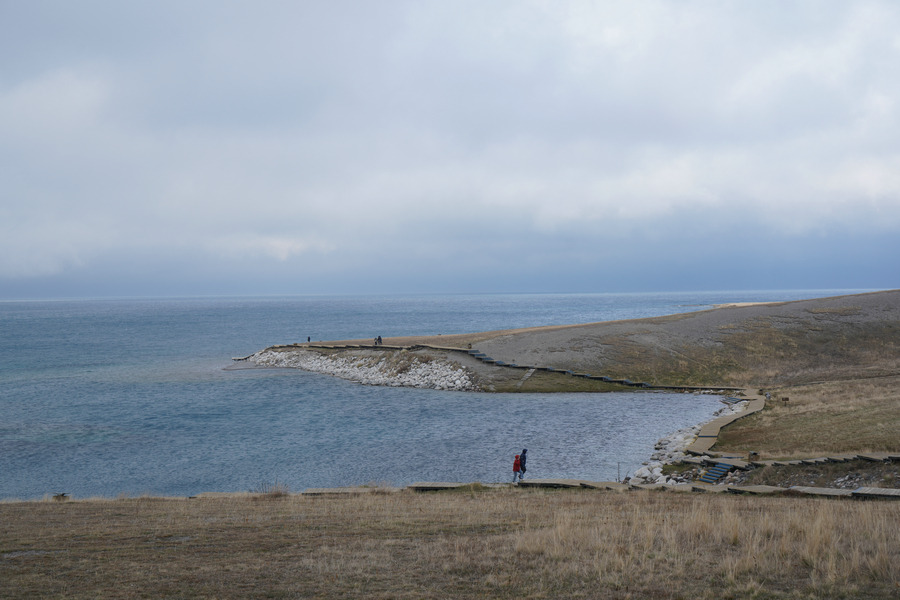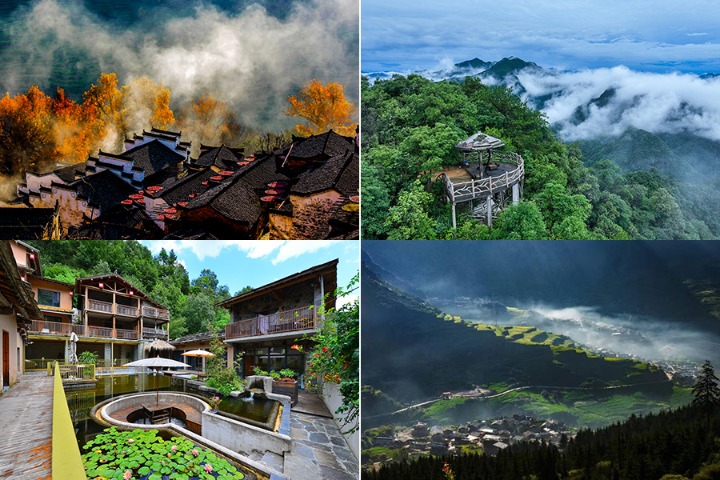Polar tourism comes in from the cold


High demand for Arctic and Antarctic itineraries has travel companies scrambling to offer unique experiences to Chinese adventurers, Yang Feiyue reports.
Dawn breaks in the Arctic over a silent world of frozen water, its pale light glinting off drifting ice floes, where polar bears are no strangers to the cold, stark white.
For Wang Helin, a seasoned Chinese guide with over 100 polar expeditions under his belt in the past seven years, such scenes are deeply familiar.
Yet recently, amid the crunch of ice and vast expanse of white, something new has cut through the cold — a sound he's hearing more and more often — the warm, distinct cadence of Mandarin.
The Arctic wilderness once echoed primarily with Western languages, but now Wang regularly greets travelers from Beijing, Shanghai, and Guangzhou, Guangdong province.
In May, Wang joined the 66 Degrees Expeditions, China's first polar cruise operator, which was established last year.
As an expedition guide, Wang sees his role as a guardian of the guests' safety in the wilderness.
"When sudden weather changes occur, our first response is to activate contingency plans, adjust itineraries, or arrange expert talks and alternative landing sites to maintain safety and ensure a rich experience," he explains.
From vigilantly watching for polar bears to navigating small, heavy-duty inflatable boats across the Arctic waters, every decision and action is guided by the highest standards of caution and care, he emphasizes.
In his first three and a half months with 66 Degrees Expeditions, Wang interacted with many Chinese guests. "What stood out most was their strong sense of pride and identification with having a Chinese-owned polar expedition business," Wang notes.
Polar travel has captured the imagination of a growing number of Chinese tourists.
On Xiaohongshu (RedNote), a popular social media platform, posts related to Arctic and Antarctic travel have exceeded 400,000. Users enthusiastically share tips and seek travel companions.
The glaciers of Antarctica, the auroras of the Arctic, and the rare wildlife found only in polar regions have made these remote areas some of the world's most unique and breathtaking destinations. For many Chinese travelers, visiting the Earth's extremes has become a bucket-list item.
Zhao Xin, head of the polar cruise center at the Beijing-based Utour travel agency, says that the 2024-25 season has seen unprecedented demand for Antarctic tours.
The agency organized trips for 1,200 tourists, with packages selling out three months in advance.
"The rise of social media has dramatically increased awareness for niche, high-end destinations like the polar regions," Zhao notes.
"While elderly travelers once dominated these destinations, younger tourists are now joining in significant numbers," he adds.
Given the growing enthusiasm among Chinese tourists for Antarctic travel, Zhao anticipates that Utour will experience a significant increase in visitors in the upcoming seasons.
It is projected that the number will rise to 1,500 during the 2025-26 season and 1,600-1,700 in the 2026-27 season, says Zhao.
According to the International Association of Antarctica Tour Operators, a record-breaking 122,072 travelers visited Antarctica during the 2023-24 travel season, among whom 9,384 were from China — marking a record high in the number of Chinese visitors.
Zhao emphasizes that the polar tourism market now demands higher comprehensive management capabilities from travel agencies.

































